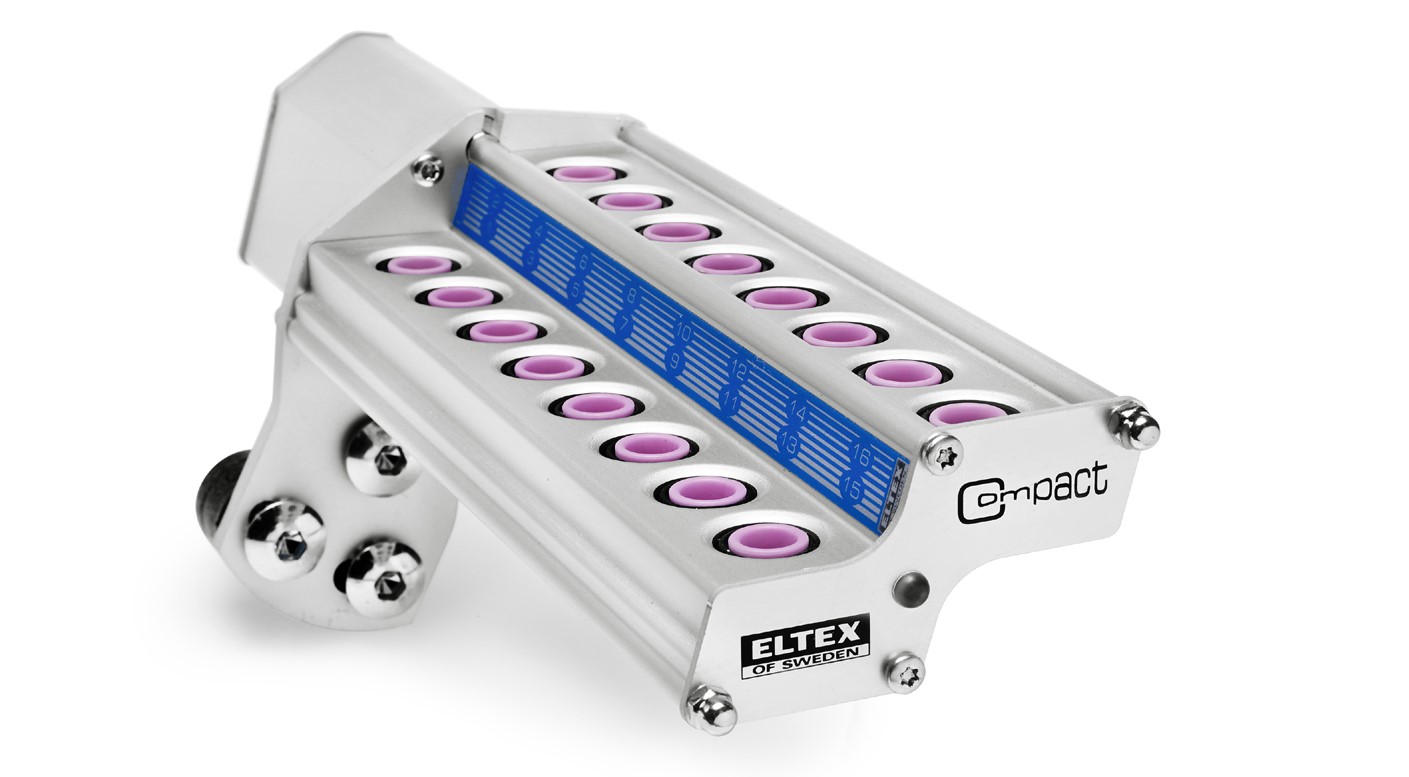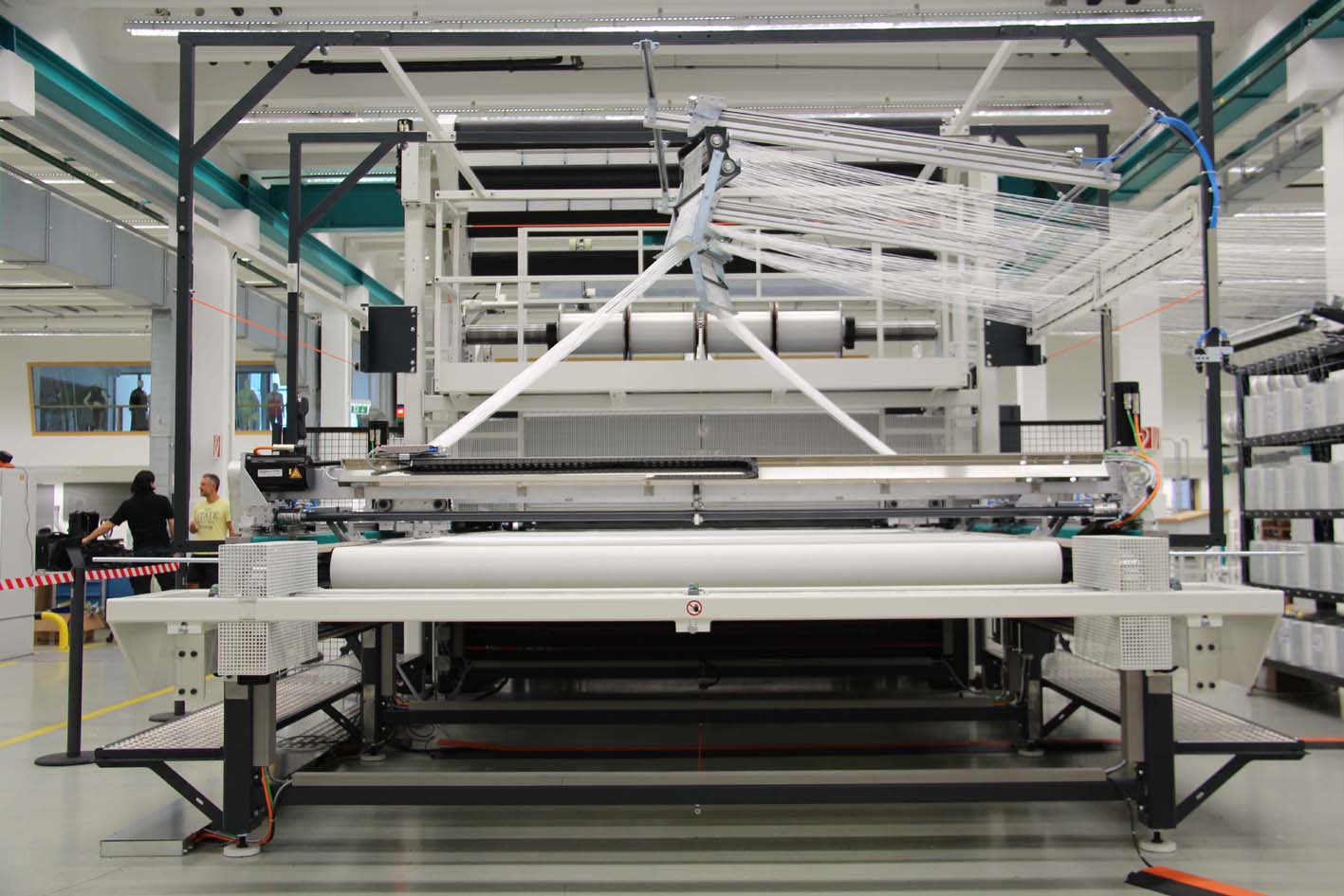Textile industry looks to growth in composites

16 22
September 2027
Messegelaende HannoverGermany

As I noted in my last post, carbon fibre composites are increasingly being employed in the aerospace sector, having grown from representing 10% of the weight of an aircraft body 20 years ago to more than 50% in the latest models, such as the Airbus A350 and Boeing 787 Dreamliner.
It has been estimated, in fact, that for the production of around 1,000 aircraft a year, the total amount of carbon fibre required is 50,000 tons, based on an average of 50 tons being used in each aircraft.
However, if even just 100kg of carbon fibre composites were to be employed in all of the projected 100 million cars soon to be built each year, the demand would be 10 million tons – just a little bit more than the global production of 78,500 tons of carbon fibres calculated to have been produced in 2018.
Carbon-bodied vehicles
So when BMW launched its fully-carbon composite-bodied i3 and i8 electric vehicles in 2013 – having put in place the largest single site carbon fibre production plant in the world to service its supply chain – there was a boom in excitable projections and the automotive suppliers scrambled to align themselves with carbon fibre manufacturers.
Six years later, however, the excitement has subsided somewhat. In later vehicles, BMW has employed much less carbon fibre in its designs, and the current industry philosophy is based on hybrids of materials to suit each individual application at the best possible cost/performance ratio.

Eltex of Sweden is experiencing significant success in the composites processing sector with its EyE sensor-based yarn fault detection systems.
“For most composite applications for sectors such as automotive, glass fibre has all the necessary performance properties required,” observes Anoop K. Sharma, global marketing and sales manager for ITMA 2019 exhibitor Eltex of Sweden, which is experiencing significant success in the composites sector with its EYE sensor-based yarn fault detection systems, especially on multiaxial knitting machines. “Carbon fibre is really only required for very high end applications – although you wouldn’t think so from visiting dedicated trade shows where everyone displays carbon parts.”
Formula 1
In addition to aerospace, carbon fibre benefits, of course, from the glamour that surrounds the Formula 1 racing industry, having first been used as the monocoque in the McLaren MP4/1 during the 1970s. Carbon’s unbeatable combination of strength and lightness had an immediate and dynamic impact in the sport.

The McLaren MP4-12C – the first carbon-based road car from the brand to feature a one-piece moulded carbon chassis structure.
McLaren brought carbon fibre technology to road cars with the 1993 F1 supercar and built on this experience with a carbon fibre chassis and body on the Mercedes-Benz SLR McLaren, produced between 2003 and 2009.
Multiaxials
Whether processing carbon fibre or glass, multiaxial knitting technology is now widely employed in the manufacturing of composite reinforcements for automotive parts, and market growth has led to significant investments in new machines in recent years by leading European companies in this field such as Hexcel, Saertex and Sigmatex who are all regular visitors to ITMA shows.
Multiaxial reinforcements are fabrics made up of multiple plies of parallel fibres, each laying in a different orientation or axis – hence the term ‘multiaxial’. These layers are typically stitchbonded, usually with polyester yarns, to form the fabric.
As such, they effectively allow the composite manufacturer to process multiple layers of unidirectional fibres in their optimum form in a single fabric.
Multiple applications
Saertex, based in Saerbeck, Germany, reports that its multiaxial products have been incorporated into the outer skins of vehicles as ‘Class A’ surfaces and are widely used for making structural components in their bodywork, doors, rear bulkheads and B-pillars. They have also been used in wheel rims, wind deflectors and bodywork.
Another development is the company’s Ultra Fatigue UD, developed specifically for the manufacture of leaf springs in both trucks and passenger vehicles. This unidirectional fibreglass non-crimp fabric is 50% lighter than steel and offers longer operational life and improved fatigue properties.
Technology
Leaders in the development of multiaxial knitting machinery include Germany’s Karl Mayer, with its Biaxtronic and Cop Biax 2 weft insertion systems and Maxtronic machine for the basic production of glass-fibre composites. The company’s Cop Max 4 is engineered for the production of multi-layered, multiaxial structures with ply angles of +20° to -20°, to meet the most stringent requirements.

Karl Mayer’s Cop Max 4 multiaxial system at the company’s development centre
in Obertshausen, Germany.
The Cop Max 5 is specifically designed for processing carbon fibres. The key feature of this machine is that it can produce very lightweight textiles with the weft yarns fed in using two different methods, either involving dry and pre-spread unidirectional pre-spread UD fibre tapes or individual rovings that are spread during their delivery into the unit.
At ITMA 2019 it will be evident that both carbon and glass fibres are expected to continue enjoying solid growth in the automotive industry – reflected in the many technologies displayed for their processing – if not perhaps at the meteoric rate that was anticipated just a few years ago.
Subscribe to our mailing list and stay up-to-date with news and developments in ITMA and the textile and garment industry.